A Comparative Analysis of Agile Scrum and Waterfall Project Management
VerifiedAdded on 2023/04/08
|7
|953
|427
Report
AI Summary
This report provides a comprehensive comparison of two prominent project management methodologies: Agile Scrum and Waterfall. It begins by defining methodology and its importance in project development, emphasizing the selection process based on project type and requirements. The report then delves into the specifics of Agile Scrum, an iterative and incremental approach, highlighting its use of sprints, roles, meetings, and artifacts, along with its suitability for projects with evolving requirements. Following this, the report examines the Waterfall method, detailing its linear, sequential stages from initialization to deployment, and its suitability for smaller, well-defined projects. A key section of the report presents a detailed comparison of the two methodologies, outlining their differences in terms of schedule, scope, client collaboration, feature implementation, project approach, delivery frequency, testing, cost of change, flexibility, and documentation. Similarities are also noted. The report concludes by mapping the Waterfall methodology onto the project life cycle, demonstrating how its phases align with the standard stages of project development.
1 out of 7
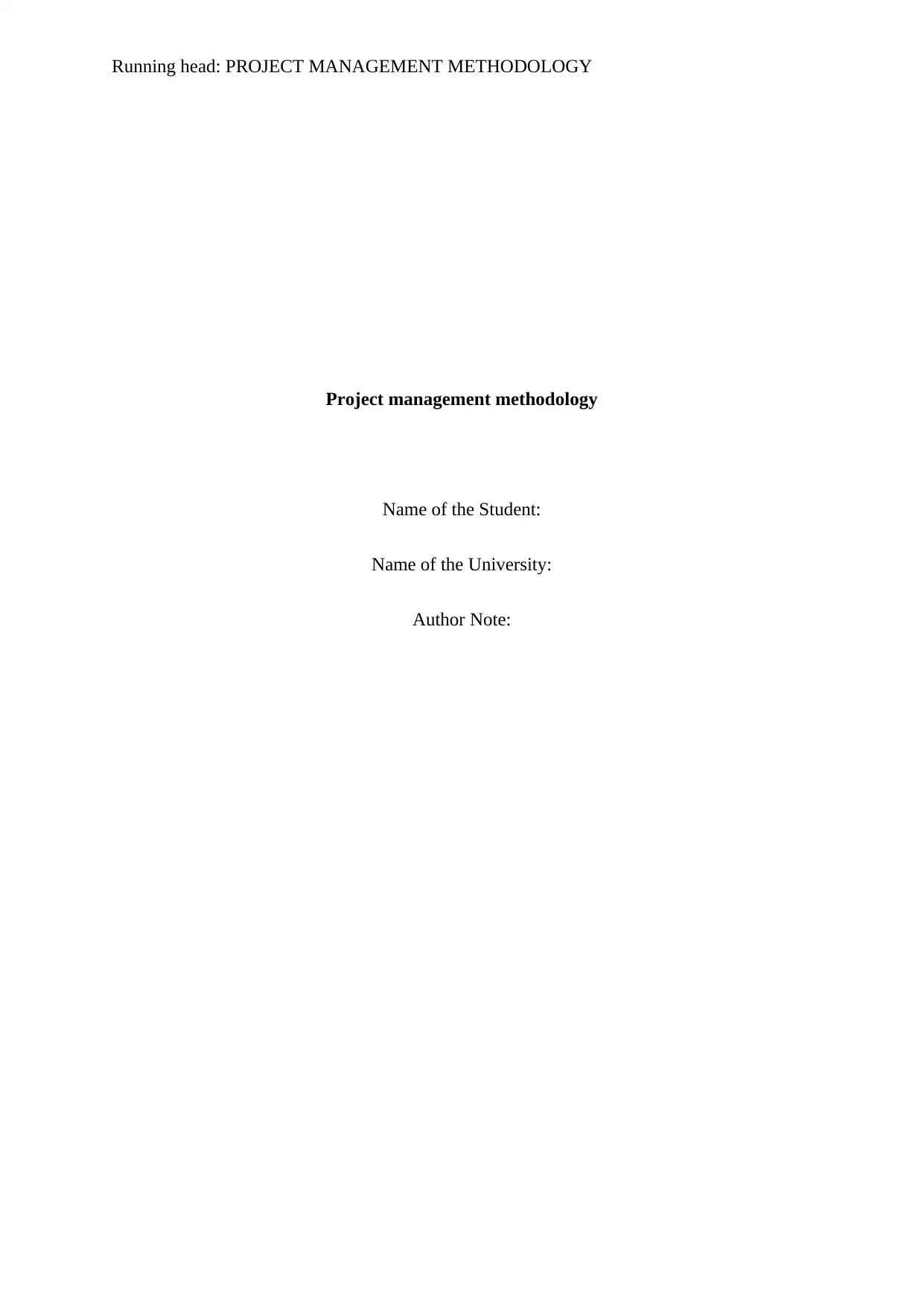
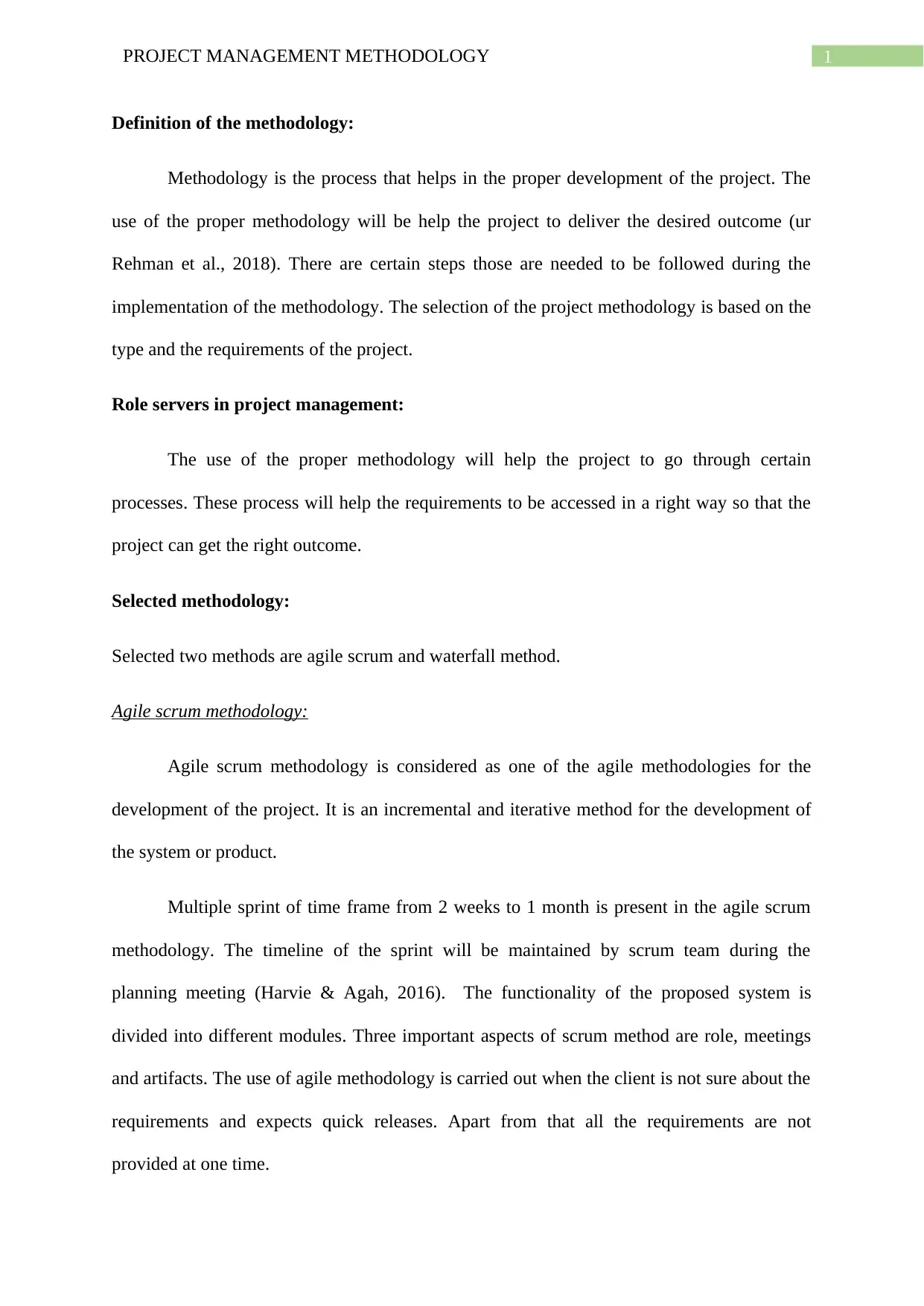
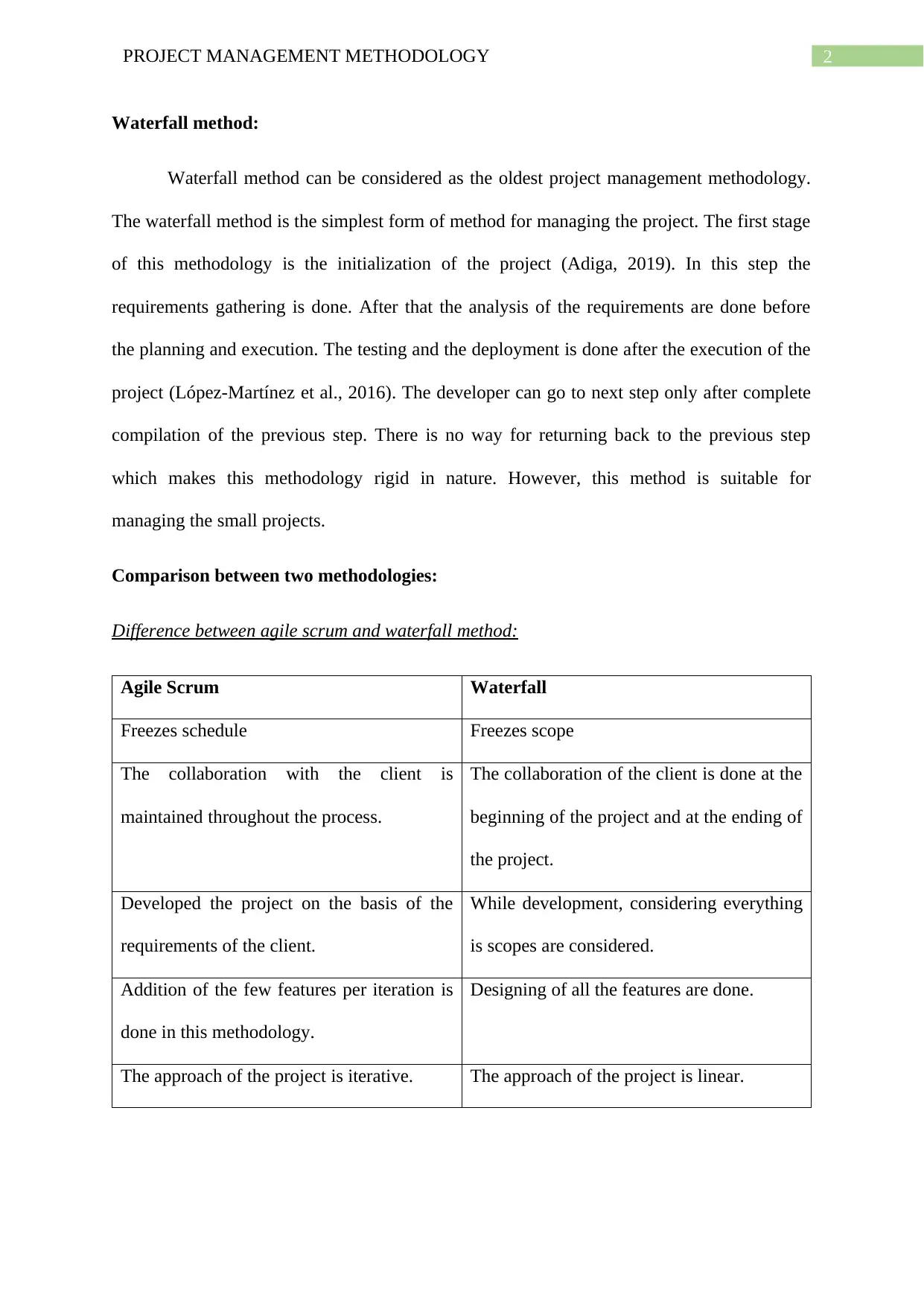

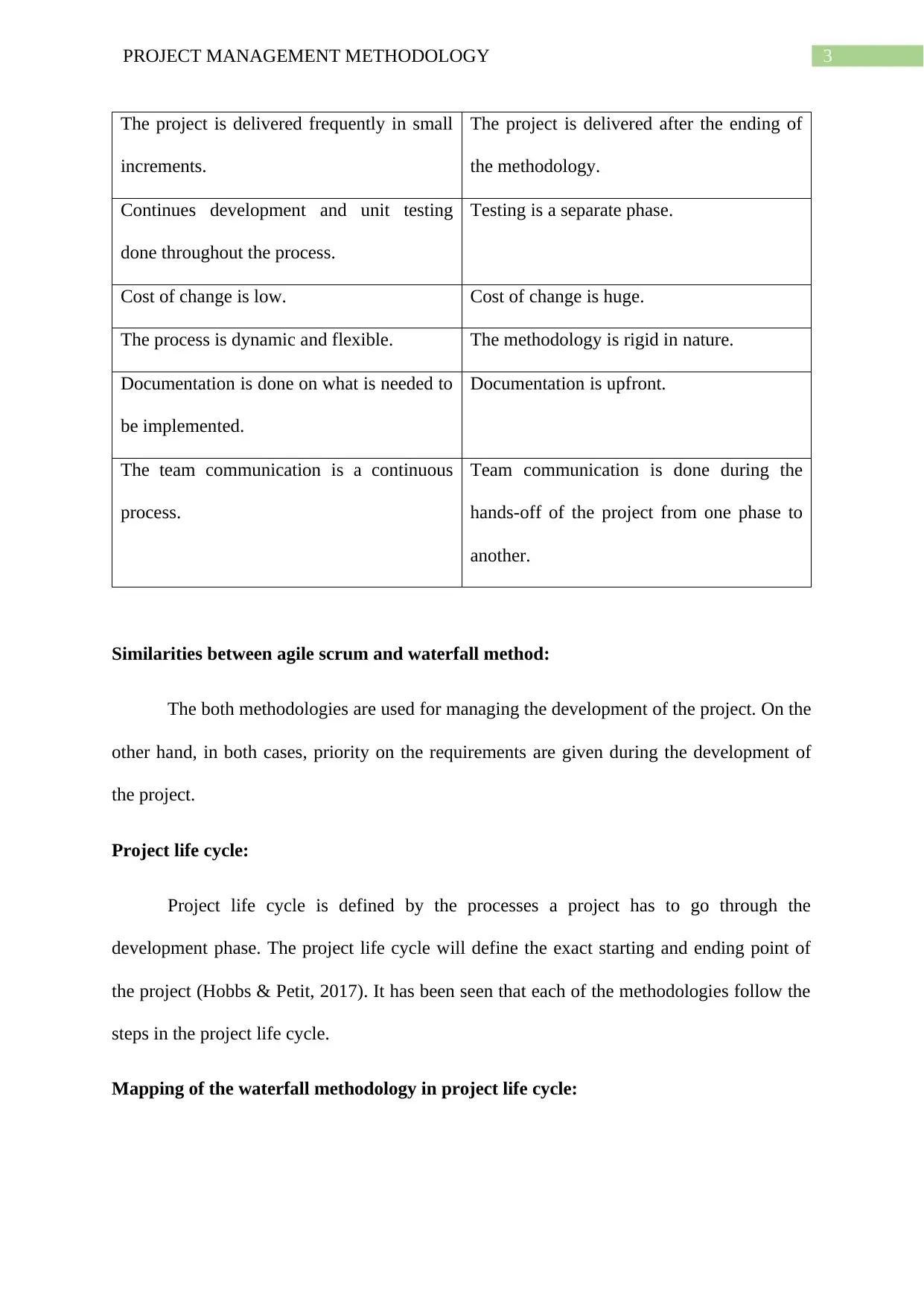
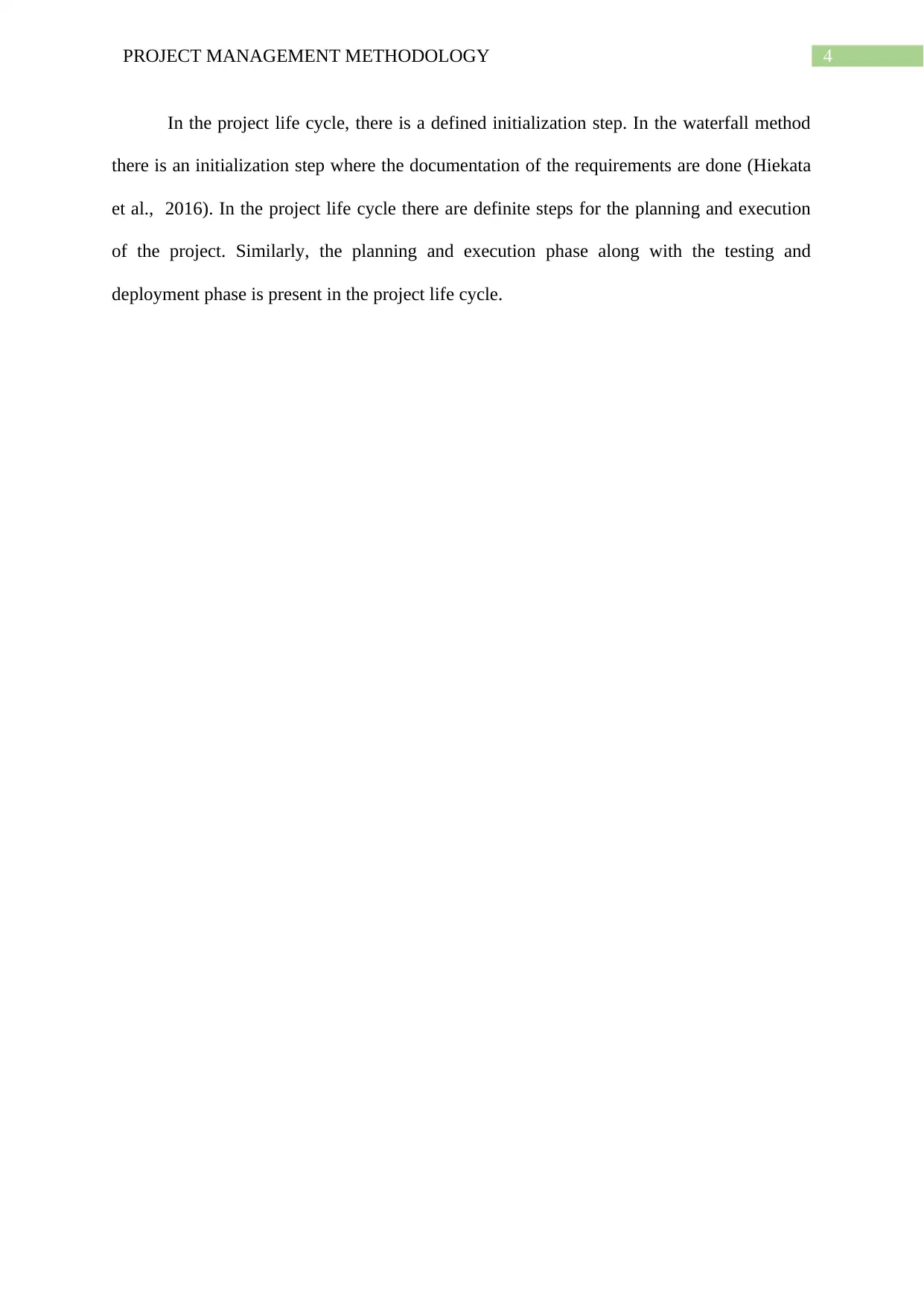
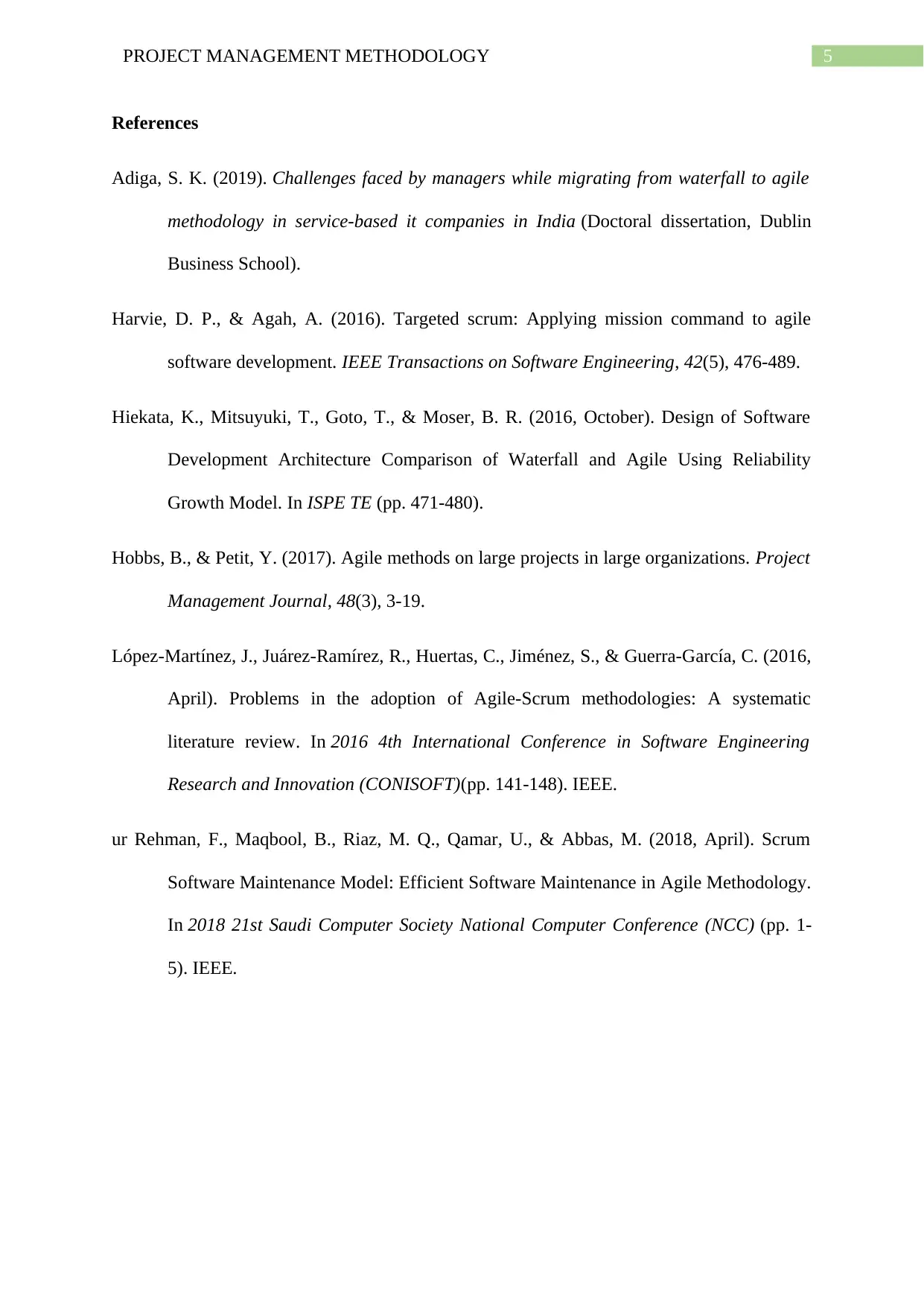







![[object Object]](/_next/static/media/star-bottom.7253800d.svg)